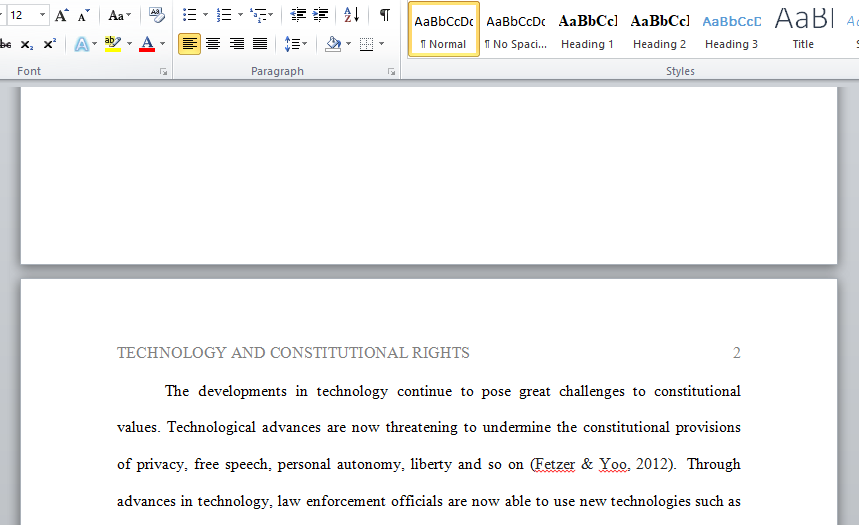Discuss technology and constitutional rights
One of the thornier issues in public safety involves the rapidly developing technology opportunities. New products seem to come out daily and some of them present outstanding opportunities, especially in surveillance. This week we are studying constitutional issues and there will be some reading during the last week on technology. I used to ask students to identify emerging technologies and their impact on our work but I would consistently get dated responses about things like tasers, ankle bracelets, etc. that really did not hit the mark. They may seem relatively new but they are really old technology. So I decided to twist this a bit to tie into this week’s reading material. There is a new radar technology out there that allows law enforcement (and corrections in a hostage situation) to “see through walls” and identify movement, etc. Obviously, such a technology is very valuable in hostage situations and a number of other applications I can think of. However, these scanners are being challenged in court as unconstitutional which pits public safety against constitutional rights. This is an old struggle but it is a new application so I want you to think about it. When new technology comes along, administrators have to make a decision regarding whether it can stand court challenge or not. If not, it may be deemed unconstitutional and it sheds some light on how difficult it is to always win that battle. You can do things with the public’s best interest (as well as the agency) at heart and still get hammered in court. I want you to review this technology. Let me make it easier for you. One such example is the “Range-R” model that looks like a stud scanner on steroids. Search it out on the web. I want you to tell us all if you would implement this tool or not and why you believe it is or it isn’t a violation of constitutional rights. In this class you do not need to be as eloquent as you would if you were an administrator who is in court with a potential of losing millions of dollars on your testimony. But it may make you think of upper level decision making in a different light. There is no need to respond to other students, though you are always free to enter such discussions. Since some of you may have trouble with legal research, I will help here a bit. The case is the United States of America v. Steven Denson and there is the decision from the original court as well as a published decision from the appeal of that case which was decided 12/30/14.
Answer preview :

Word limit : 331 words
